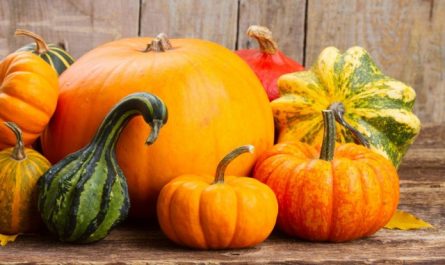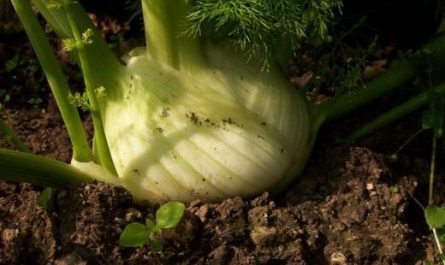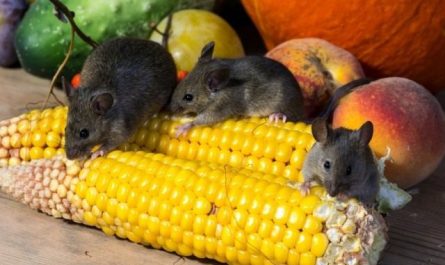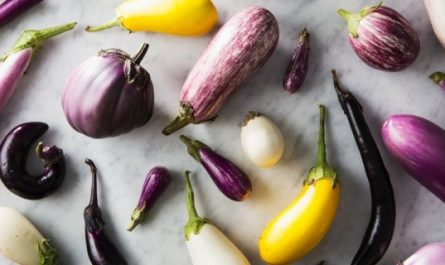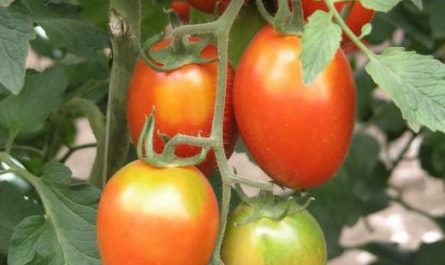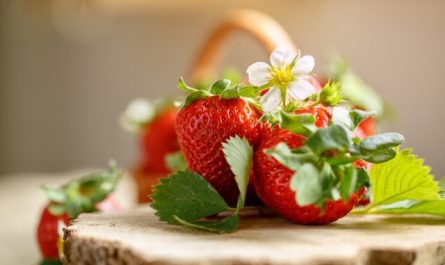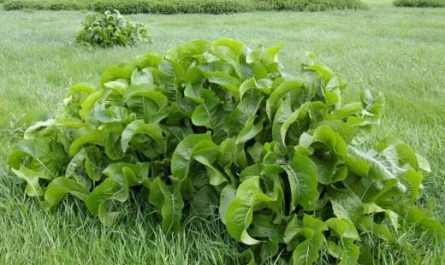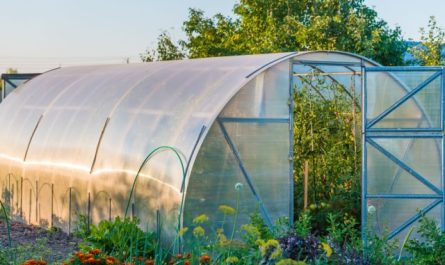Apple and pear scab is one of the most dangerous, widespread fungal diseases. It affects leaves, buds, flowers, fruits, and, less often, young shoots. In a short time, you can lose a significant part of the harvest if you do not take urgent measures. But scab can be prevented by preventive treatments – we will tell you about this.

How to recognize scab
The disease is especially harmful in years with damp and warm weather in the spring-summer vegetation period. At first, weakly expressed spots appear on the leaves, slightly yellowish, as if oily. Then a greenish-brown coating of fungal sporulation appears on them. On apple leaves, the coating is mainly on the upper side, on pear leaves – on the lower side.

Scab manifests itself slightly differently on fruits. The spots are round, grey-black, with a light, narrow rim from a ruptured skin. If the lesion is early, the fruits acquire an ugly shape and often crack at the site of the lesion. Scab can lead to colossal crop losses! Diseased fruits quickly spoil. The causative agents of apple and pear scab are different pathogens. A fungus from an apple tree cannot infect a pear, and vice versa, scab from a pear cannot spread to an apple tree.

The source of primary scab infection is overwintered affected leaves, on which ascospores develop during the winter. Ascospores mature at the beginning of the growing season (usually this coincides with the phases of bud extension and separation). Spore germination and infection occurs only in droplet moisture (fog, dew, rain). On scab spots, at high air humidity, summer spores are formed in large quantities, the germination of which occurs under the same conditions as for ascospores. During the growing season, the pathogen can produce up to 8-10 generations.
In addition to rainy weather, the development of scab is facilitated by:
- dense, poorly ventilated plantings,
- weakened trees due to poor garden maintenance.
The degree of scab damage is largely determined by varietal characteristics.
Proper preventive treatment
To prevent tree diseases, start treatment with the fungicide HORUS®.
HORUS® is a highly effective fungicide with a unique mechanism of action, created to protect fruit crops not only from scab, but also from alternaria, powdery mildew, moniliosis, clasterosporium, coccomycosis and fruit rot. It has systemic properties and is capable of showing high efficiency at low air temperatures – from 3 °C. Therefore, HORUS® is used at the beginning of the season.
At air temperatures above 25 °C, the preparation also copes well with diseases – it has high starting activity and increased eradication capacity. HORUS® has a therapeutic and protective effect. It is safe for bees, beneficial insects and is low-hazard to the environment.
Trees should be sprayed during the growing season at intervals of 7-10 days, starting from the green cone phase and until the end of flowering. The working fluid consumption is 10 l/100 m2.
Scab can appear in any garden. The main protection against it is timely prevention: there is simply no other way. But if the disease has already made itself known, then treatment must be started immediately. Without treatment, the trees will not cope with the disease, and as a result, both the plants themselves and the harvest will suffer. Do not forget these tips at the beginning of the season, and may your apple and pear trees bring rich harvests every year.

